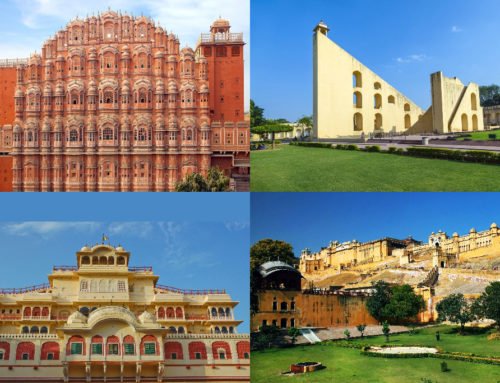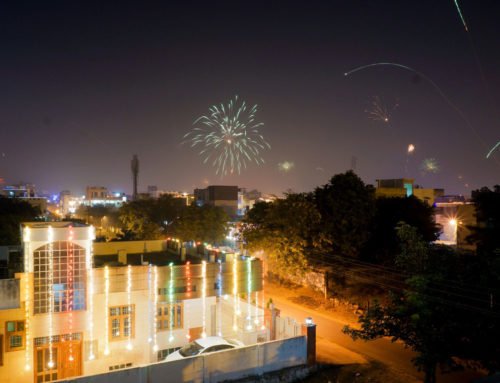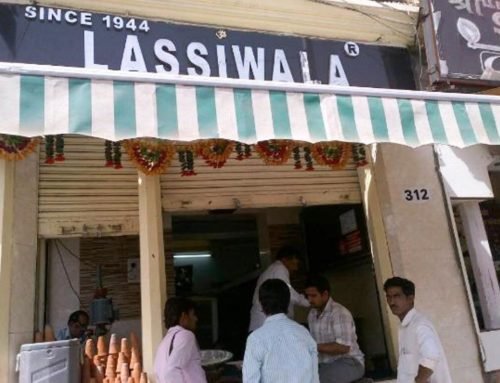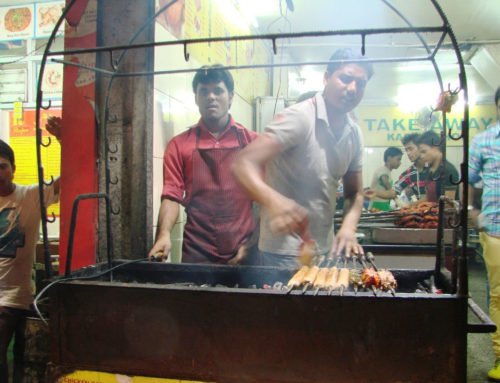Overview
- Features: A fort with exceptional views over the city of Jaipur
- Opening Times: 10am to 5pm, daily
- Best Time to Visit: Late October to early March
- Duration: 2 to 3 hours
- Travelled By: Auto rickshaw
- Cost: Foreigner / Indian Rs 50 / 20; composite ticket Foreigner / Indian Rs 350 / 70
- Address: Nahargarh Road, Krishna Nagar, Brahmpuri, Jaipur, Rajasthan, India
- Type: Fort
Author Reviews[display_rating_item_results rating_form_id=”2″ rating_entry_ids=”1″ show_category_filter=”false” show_options=”true” result_type=”star_rating” preserve_max_rating=”true” show_title=”false” show_count=”false” ]
Total Rating: [display_rating_result rating_form_id=”2″ show_count=”false” show_rich_snippets=true] [accordions load=”1″] [accordion title=”User Reviews” last] [display_rating_item_results rating_form_id=”5″ show_options=”true” result_type=”star_rating” preserve_max_rating=”true” show_title=”false” show_count=”true” show_rich_snippets=true] [/accordion] [accordion title=”Add Review”][display_rating_form show_email_input=”true” show_comment_textarea=”true” show_name_input=”true” rating_form_id=”5″] [/accordion] [/accordions]
Summary
If you’re heading to Jaipur for a holiday, you must be considering a visit to Nahargarh Fort. If you are, read this article for interesting facts about the fort, its historical background as well as timings for visiting the fort.
Interesting Facts About Nahargarh Fort Jaipur
From several vantage points in the old city of Jaipur, Nahargarh Fort can be seen sitting on top of a cliff face. The views from the fort itself of the Jaipur city below is equally marvellous. In addition to the stupendous views, Nahargarh Fort also has an interesting palace, showcasing a mix of Indian and European architecture. A wander around the fort is also interesting, as the ruins are worth inspecting, especially the water tank.
Interesting Facts About Nahargarh Fort Jaipur
- Nahargarh Fort was built by Maharaja Sawai Jai Singh II, the founder of Jaipur
- It was constructed as a place of retreat on the summit of the ridge above the city of Jaipur
- Nahargarh Fort never came under attack during the course of its history
- The fort witnessed the treaties with the Maratha forces who warred with Jaipur in the 18th century
- During the Indian Mutiny of 1857, the Europeans of the region, including the British Resident’s wife, were moved to Nahargarh Fort by the king of Jaipur, Sawai Ram Singh, for their protection
- Nahargarh Fort was extended in 1868 during the reign of Sawai Ram Singh
- Between 1883-92, a range of marvellous residential palaces was built at Nahargarh Fort by Maharaja Sawai Madho Singh
- Nahaargarh Palace showcases a combination of Indian and European style of architecture
- Several bats live inside some of the rooms of the Nahargarh Palace
- The best reason to visit Nahargarh Fort is for the stupendous views over Jaipur city
- Nahargarh Fort can be visited on a composite ticket which includes entry to Amber Fort, Hawa Mahal, Jantar Mantar and Albert Hall Museum over two consecutive days
Nahargarh Fort History
Built by Maharaja Sawai Jai Singh II, the founder of Jaipur, Nahargarh Fort was constructed as a place of retreat on the summit of the ridge above the city. Though the fort never came under attack during the course of its history, it did witness some historical events, notably the treaties with the Maratha forces who warred with Jaipur in the 18th century.
During the Indian Mutiny of 1857, the Europeans of the region, including the British Resident’s wife, were moved to Nahargarh Fort by the king of Jaipur, Sawai Ram Singh, for their protection.
[singlepic id=3110 w=720 h=560 float=center]
As a preliminary for moving his capital onto the plain, Jai Singh built Nahargarh, the fort which crowns the ridge to the north-west of Jaipur. The placing of Nahargarh was not arbitrary; the western ridge is a continuation of the hill on which the palace of Amber and its highest fort, Jaigarh are built; and Nahargarh is linked to Jaigarh by a line of fortifications, thus making the entire ridge much more defensible and providing access from Nahargarh to the gun foundry in Jaigarh.
In turn it dictated the position of Jaipur: in order to be an effective place of retreat it is necessary connected to the city by a line of fortifications and the city necessarily touches the hillside, to prevent an enemy force coming between the city and the fort. The hillside, by cutting into the north-west corner of the city, offers an escape route from it, but also necessitated the described radical alteration to the plan of the city.
Nahargarh Palace
[singlepic id=3106 w=720 h=560 float=center]
The fort was extended in 1868 during the reign of Sawai Ram Singh. Following this, in 1883-92, a range of marvellous residential palaces was built at Nahargarh by Maharaja Sawai Madho Singh.
The Madhavendra Bhawan, built by Maharaja Sawai Madho Singh, had nine suites for the queens of Jaipur, and at the head was a suite for the king himself. Each suite is a double-storied building, containing a lobby, bedroom, toilet, store room and kitchen, designed according to the needs of the royal family.
[singlepic id=3114 w=720 h=560 float=center]
The rooms are linked by corridors and still have some delicate frescos.
This palace is a beautiful example of a combination of Indian and European style of architecture. In the picture above, we can see a beautiful painting of an Indian battle scene, while elsewhere in the room were examples of Victorian floral paintings.
[singlepic id=3113 w=720 h=560 float=center]
In one particular suite, there were bats hiding in a dark cavity at the top of one of the basement rooms. For those people like me who are afraid of bats, beware – they fly around when you walk into the room!
[singlepic id=3109 w=720 h=560 float=center]
Apart from visiting the Nahargarh fort and palace, we also came here for the wonderful vistas of the Jaipur city down below. From several vantage points inside the fort, we could get panoramic views of the skyline below. Even though there is a bit of smog in the atmosphere making the view a bit grey, Jaipur is a beautiful city, and the views are worth coming here for.
[singlepic id=3115 w=720 h=560 float=center]
As we walk around the Nahargarh fort, we come across a massive, step water tank with green, mossy water at the bottom of it. This place used to be the public water tank for the Nahargarh fort. It is located lower down on the hill, below the palace.
The architectural design of the water tank is quite interesting as there is a water channel leading down from the top of the hill to the water tank below. This was so rain water could pour through the channel straight into the water tank rather than getting collected in the higher areas of the hill.
[singlepic id=3101 w=720 h=560 float=center]
We had decided to walk to the Nahargarh Fort from the base of the old Jaipur city. The walk to the Nahargarh Fort and back was through a winding, dirty, cobblestone road to the top of the hill. It took us about 30 mins to climb from the base to the fort, however, the journey was an interesting one.
On the way, we got to see a lot of the daily life of the old city in the area. A herd of goats followed us up the path and walked over for a pat. We walked past a garbage bin where a mother pig and her babies were frolicking. Houses built at the side of the path allowed us to glimpse into people’s backyards and see buffaloes tied up and cow dung patties drying in the sun.
While steep, the walk was quite unique as it gave us an insight into the daily lives of the city people, and the view was varied and colourful.
While we purchased a separate ticket for Nahargarh Fort, it is more economical to buy a composite ticket costing Rs 350 / 70 for a foreigner / Indian, especially if you are planning to visit Amber Fort, Hawa Mahal, Jantar Mantar and/or the Central Museum, as a composite ticket will get you into all these attractions. However, it is only valid for two day.
Nahargarh Fort Timings
Nahargarh Fort is open daily from 10am to 5pm.
Tell us what you think. What are your reasons for visiting Nahargarh Fort? If you’ve visited before, what did and didn’t you like about this fort?
We love to hear from you so please leave your comments below.









Nothing spectacular but the view is nice.